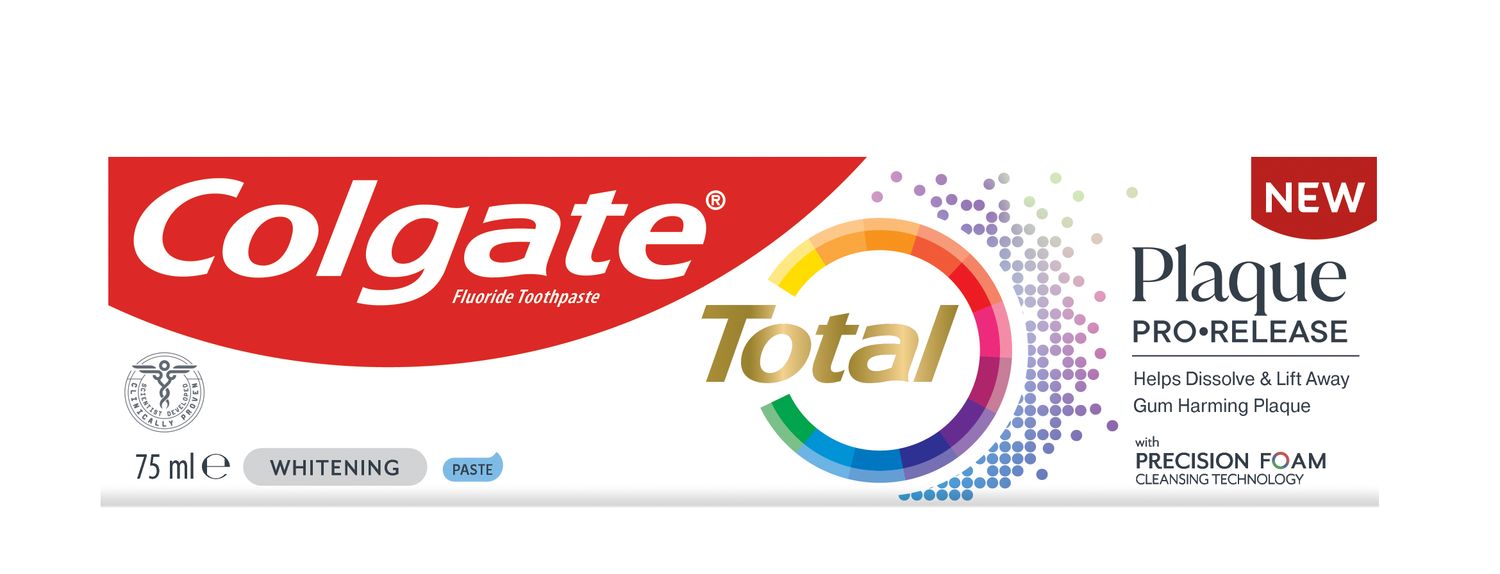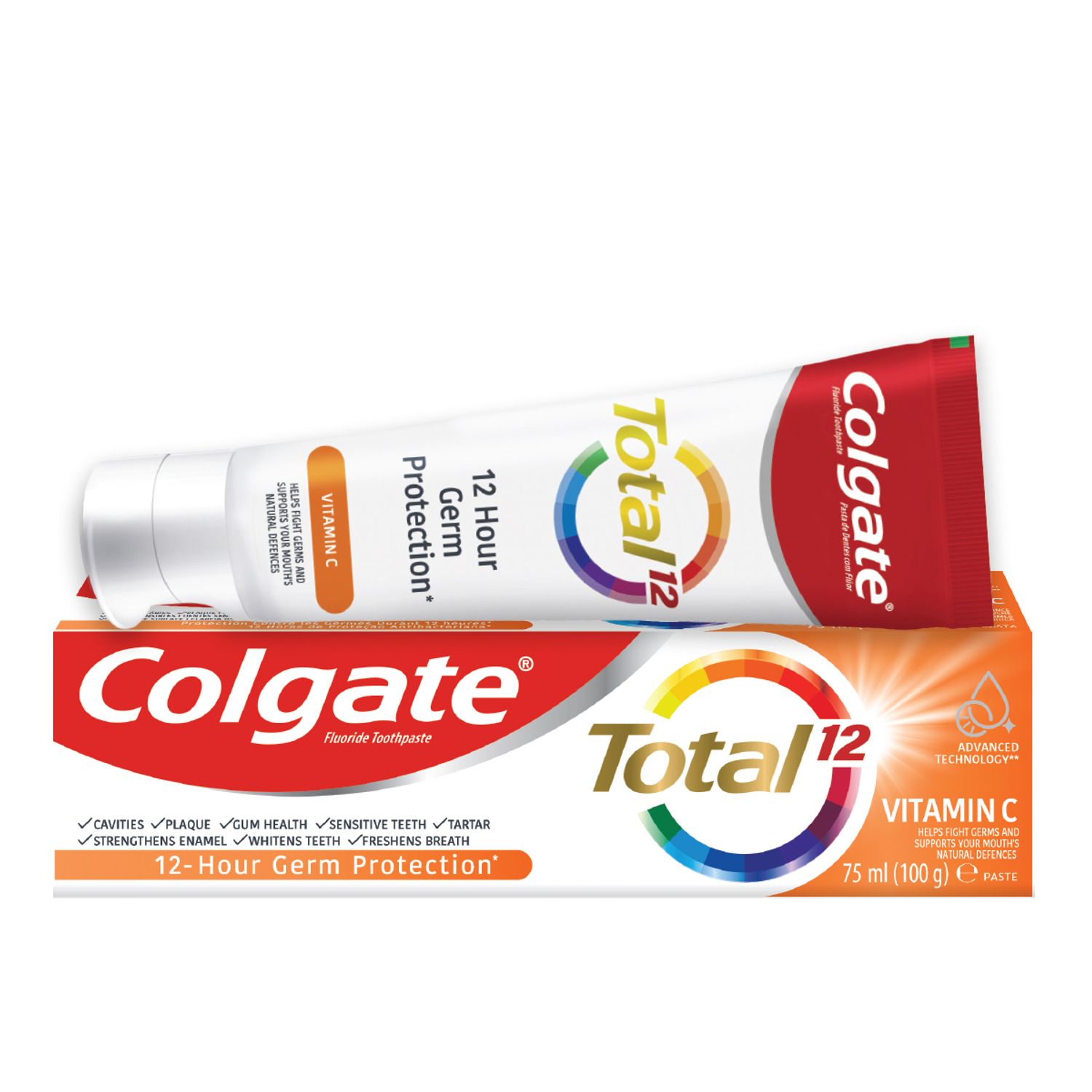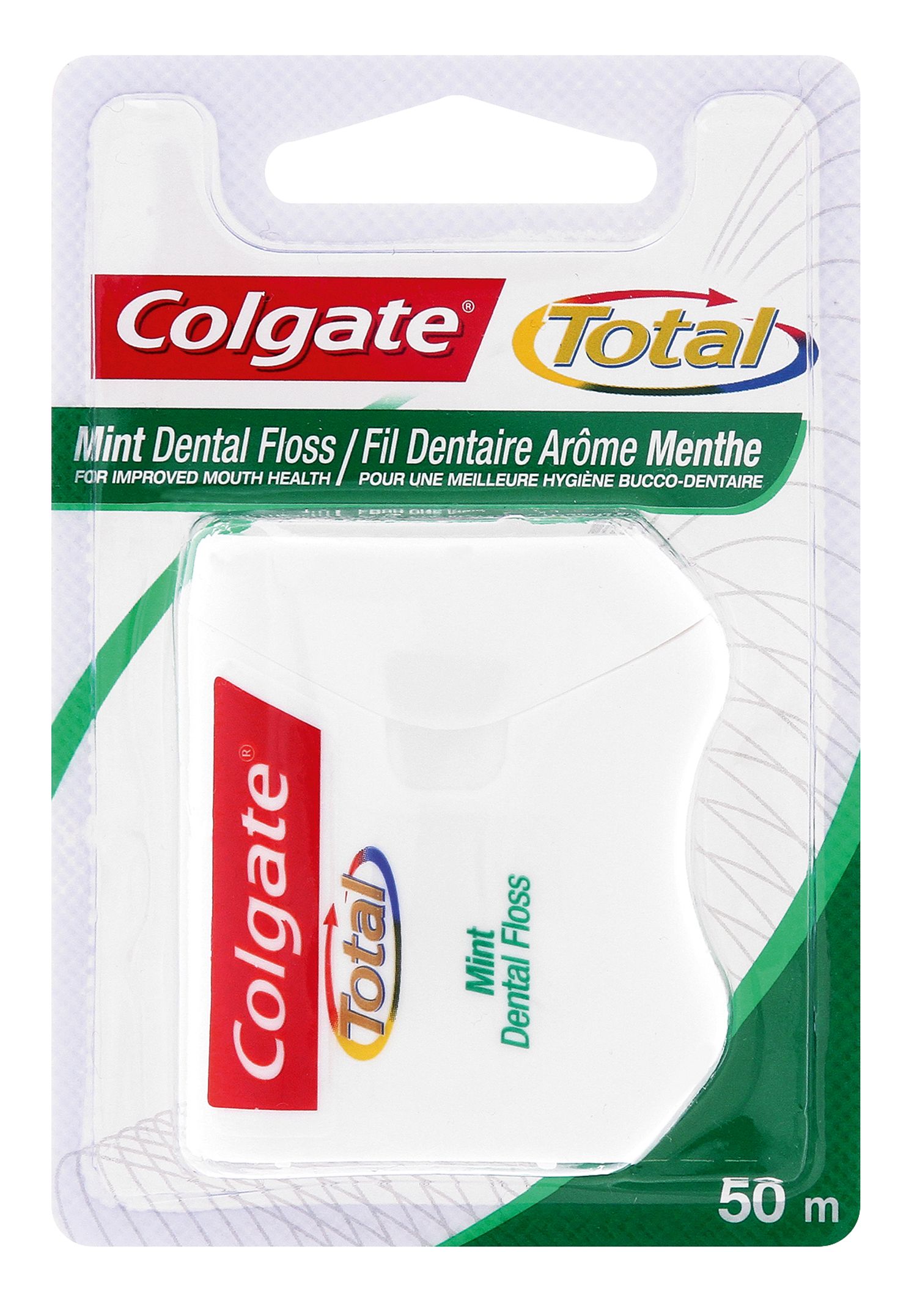-
-

CAVITIES
Can You Heal A Cavity At Home?You feel a sharp pain when you bite down or try to eat. You think it's a cavity, but you're not 100 percent sure...

BAD BREATH
How To Cure Bad BreathMore commonly known as bad breath, halitosis is an embarrassing hygiene issue that nobody wants, but some of us get every now and then...
-
Science & Innovation
- Colgate® | Toothpaste, Toothbrushes & Oral Care Resources
- Oral Health
- Different Types of Dental Crowns


During your lifetime you might be subjected to minor and also major dental procedures. Depending on the condition of your teeth, and gums, the biggest cause of sitting through an array of dental procedures, common and more during the course of your life, is having teeth. Depending on the condition of your mouth, teeth and gums, a routine checkup can include common or major procedures froma cavity to a dental crown. Procedures that were seen as major or complex procedures before, can easily be performed in the dentist's rooms today. Minor procedures can include any of the following (not all inclusive): tooth bonding, braces, implants, bridges, gum surgery, cancer examination, sealing of teeth, teeth whitening, etc. Complex or major procedures can include any of the following (not all inclusive): inlays and onlays, bridgework, tooth implants, impacted wisdom teeth removal, complex oral surgery, anesthesia, removable partial dentures, etc.
Dental crowns are often needed and come in more than one form. Before we take a look at the different types, let's have a look at the function they fulfil first.
Dental Crowns
A dental crown, sometimes known as a cap, is the ideal solution if one of your teeth has broken, as a result of grinding or biting onto something hard, or become significantly weakened due to an excess of decay. Crowns are used to renew the appearance and function of a tooth according to South Africa Medical Travel. Instead of extracting the damaged tooth, this type of dental maintenance is used to strengthen the existing tooth and to preserve its usefulness. When the damage to your tooth is too great and the remaining tooth too weak to support a filling or the filling will be too big and therefore weaken the strength of the tooth, a crown might be your best option. Crowns can be used to strengthen teeth after dental procedures, for example, root canal or to build up a fractured or cracked tooth. A reduction in your teeth could mean that a crown is the only option available to restore the tooth.
Once a crown is fitted and cemented, only a dentist can remove it. The dentist will reduce your tooth's size to make sure the crown will fit properly and not interfere with the alignment of your teeth. Then he will make an impression of your tooth. While you wait for your crown to be made, a temporary crown might be placed over the reduced tooth.
Types of Dental Crowns
There are four different types of dental crowns.
Ceramic Dental Crown – Ceramic, porcelain-based dental crowns are most often used to restore front teeth., reason being, ceramic blends in with the natural colour of your teeth much easier.
Porcelain-Fused to Metal Dental Crown – Provide a patient with the best of both worlds. The outer layer made of porcelain ensure the patient has a natural-looking tooth, and the metal structure ensure that the crown is ultra-durable. To undergo this procedure with this specific crown, the dentist must remove quite a moderate amount of the tooth structure.
Gold Alloy Dental Crowns – Dental crowns constructed of gold alloys contain a combination of gold, copper and various other metals. This type of crown is strong and will not break. It will also not wear away the underlying tooth. Gold alloys are also biocompatible with gum tissue.
Base Metal Alloys Dental Crowns – These dental crowns are resistant to corrosion and incredibly strong. It contains non-noble metals that are gentle against neighboring teeth. A minimum amount of tooth structure must be removed before the dentist can fit this crown.
Differences between Crown Types
The sealing ability of the all-porcelain crown depends on the cement that is used and the quality of the underlying tooth. The sealing ability of the material itself, of the other three provide a good seal against leakage.
Gold and metal alloys crowns are the most durable, all-porcelain crowns are less strong and more susceptible to chipping, Durability is best in the gold and metal alloys crowns, whereas the all-porcelain crown tends to be less strong, more susceptible to wear down or break if put under enough pressure, such as grinding teeth, which might cause problems and wear down of the crown,. The porcelain fused to metal dental crown offers better durability, but the porcelain on the outside can still pose a problem, it is still softer than metal. Gold and metal dental crowns are smooth surfaced and gentle on opposing teeth at the same time being highly resistant to wear.
Dental crowns, with proper oral care and mouth hygiene, can last between 15 to 25 years. Brushing and flossing morning and evening is the best oral hygiene routine you can have.
The most important is to make sure you schedule regular checkups with your dentist, to maintain good dental health and hygiene, and prevent the possibility of tooth decay and dental crowns.
Related Products

Helping dental professionals
More professionals across the world trust Colgate. Find resources, products, and information to give your patients a healthier future










